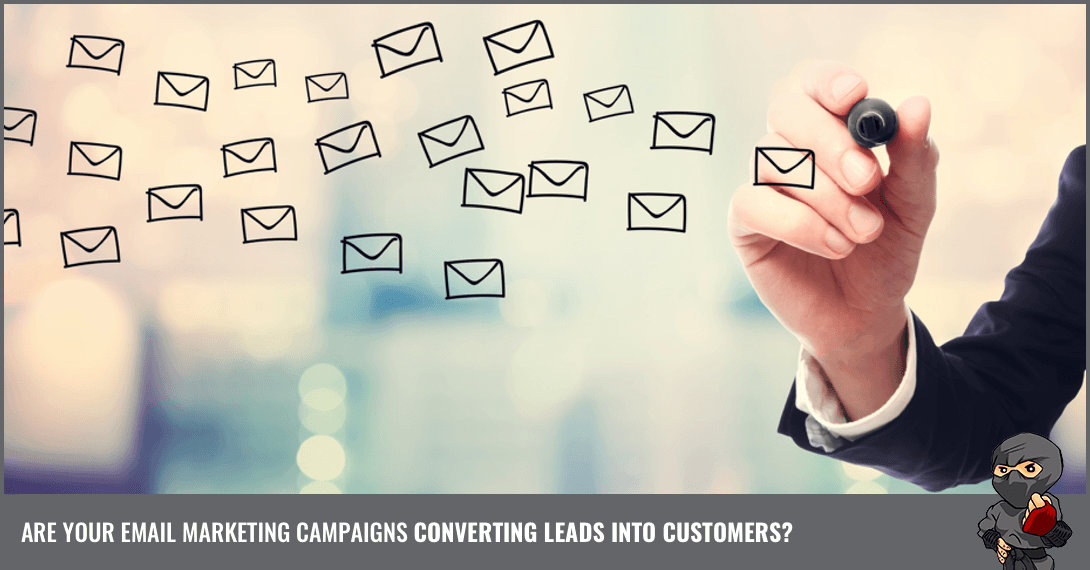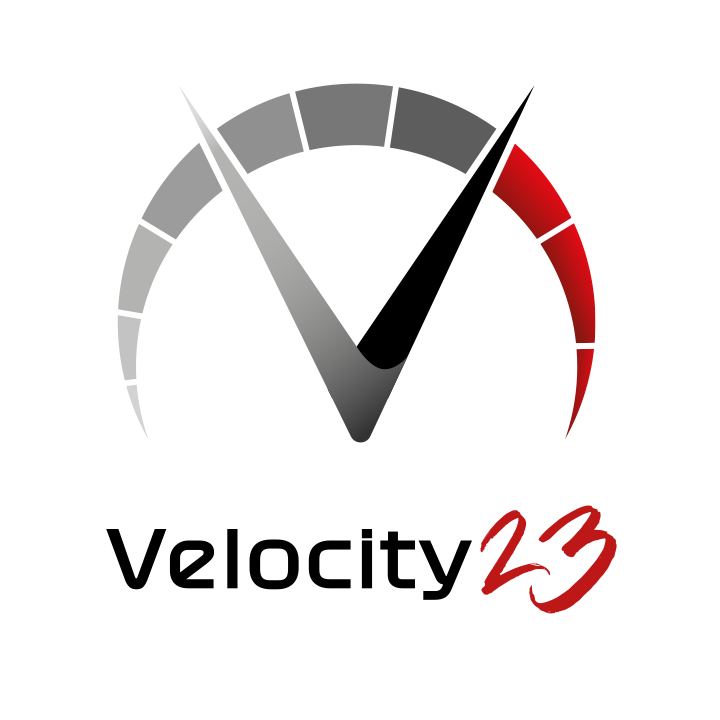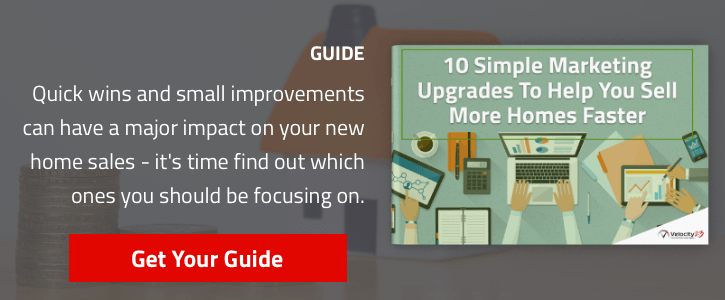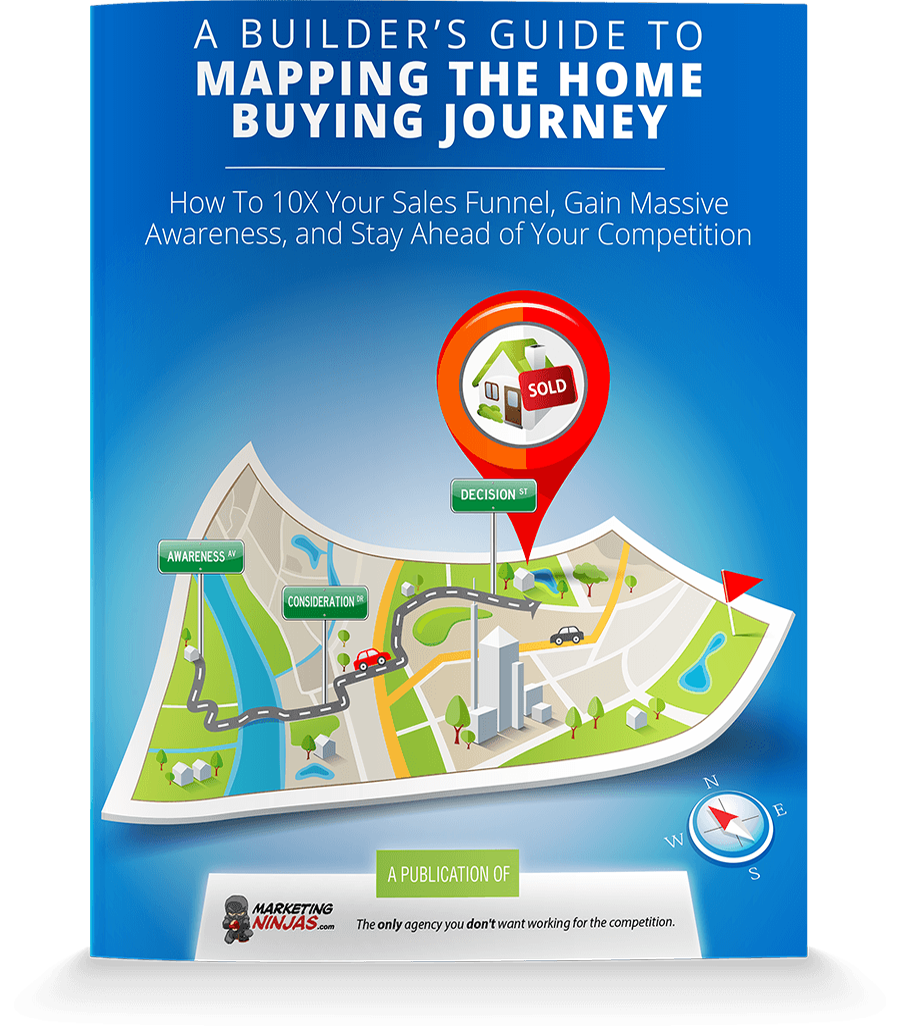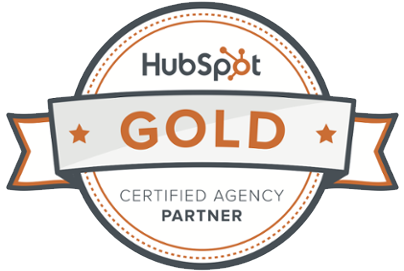The Difference Between an Email Blast and Email Marketing
What is an Email Blast?
When you hear the word "blast", what do you picture?
A sudden and damaging gust, like a blast of heat when opening an oven door? An explosion? In either case, a blast is usually not a welcome event.
The same is true of email blasts. In fact, the term "email blast" (or e-blast) makes most marketers cringe. Why? Because, all too often, email blasts cause damage. They are a specific kind of email that should be used only with care, especially if you don't want your potential and existing customers to turn away.
Common Characteristics of a Blast
While there isn't an exact definition of an email blast, you can spot one if they have most (or all) of these characteristics:
- Unsolicited (this is less possible with anti-spam laws and regulations but email lists can still be purchased.)
- Sent to your entire distribution list
- Random, not part of a complete marketing strategy
- Not sensitive to recipients' past behaviour and preferences
- Focused on the company's needs, not what the customer needs or wants
So, What is an Email Newsletter?
Too often, an email newsletter (or e-newsletter) may look like an email blast. Newsletter sounds nicer but if it resembles the above list of characteristics, it's an email blast.

Do you send a newsletter to your entire email list? If so, there's no way to be sensitive to each recipient's past clicking or purchasing behaviour.
And not everyone wants the same thing.
So, the content is probably more about what the company has done, is doing, or will do - along with generic special offers.
Despite most email newsletters being email blasts, sending them is a common practice. A 2016 research report by the Content Marketing Institute found that 77% of content marketers use email newsletters.
But consider this: research shows automated emails get 152% more clicks than broadcast (another name for blast) emails. More clicks = more opportunity for sales.
Say you have an email subscription base of 1,000 customers and only 250 of those customers are signed up for your email newsletter. Sending a newsletter to those 250 customers about your brand new quick possession homes will create more interest and engagement than sending it to your entire subscription base. Those remaining 750 customers may not be interested in hearing about this offer and decide to opt-out of your email marketing altogether.
So how do you engage with those remaining 750 customers?
How Does This Work With Email Marketing?
Email marketing is a broad term that encompasses a variety of activities, which we'll explore in a minute. The most important aspect of email marketing? It is a key part of a more comprehensive marketing strategy.
In basic terms, a marketing strategy identifies which market(s) to focus on to achieve the company's sales and revenue goals. Short- and long-term tactics for finding, nurturing, and influencing customers to buy are then identified and executed.
Tactics are sometimes grouped and executed for a specific period of time forming a marketing campaign.
Email marketing is a collection of tactics that may or may not be part of a campaign. It's a complex tactic that usually involves a variety of email activities such as:
 Thank you notes after a purchase
Thank you notes after a purchase- Offer to answer questions if an online shopping cart is abandoned
- Notices of special discounts based on previous purchases <- this is an important detail!
- Alerts to special events or deals in a specific geographic area
- Tips for how to do something related to purchase
- We haven't seen you in a while notes
- Notes of appreciation on birthdays, a purchase anniversary, etc.
As you can see, email marketing is a set of activities designed to nurture customers so they choose you when they're ready to buy.
The occasional email blast might be one of those email activities but it shouldn't be the only one.
When is an Email Blast Appropriate?
Most marketers agree that an email blast is appropriate if there is a wide-spread urgent issue. For example, your customer database has been hacked and you want all customers to change their password. That's a situation that is in the customers' best interest to know.
But you have to be careful to not confuse public relations with marketing.
Let's say your company is in the news, for either good or bad reasons. Sending an email blast to share your perspective on the story (pride or regret), is not appropriate. One of the characteristics of an email blast is that the email focuses on the company's needs, not those of the customer. Sending "damage control" emails is not marketing.
A Quick (but important) Note About Spam
It's easy to think that an email blast is spam but they aren't exclusively the same thing.
Yes, there are similarities. Spam goes to a broad distribution list and isn't sensitive to recipients' past behaviour and preferences. But real spam is definitely unsolicited and is sent to millions of addresses.
How to Avoid Sending an Email Blast
There are two keys to all email marketing activities:
1. Segmentation2. Automation
Implementing both of these will make it easy to avoid email blasts.
Segmentation
The broader an email distribution list, the less valuable the email is to your company. Broad distribution lowers open and click rate and increases unsubscribes.
A broad list isn't the same as a big list. You could have 1,000 addresses that include people who have bought from you last month, people whose last purchase was two years ago, people who have asked questions but never purchased, and people who have never shown an interest in buying. That would be a broad list.
And with a list like that, it would be impossible to create one email that would be relevant to everyone.
But what if your list of 1,000 addresses only had people who had purchased from you two years ago? You could then tailor the content and increase the chances they will open, click and buy.
Same list size. Different value.
Dividing your list into categories of contacts is called segmentation. It's the best way to zero in on groups of contacts and send them emails that are most relevant to you. A group of contacts who have clicked on a quick possession home within the last 90 days will be more receptive to an email with details on your newest options whereas a list of contacts who have downloaded a piece of premium content about the areas you build in would be more likely to interact with an email about new communities.
There's no limit to the ways you can segment your email list.
Right now you might be thinking segmentation sounds good but doesn't it create a lot of extra work? How can you be expected to keep track of everyone and create so many different emails?
That's where automation comes in.
 Automation
Automation
Many times companies use an email blast as a way to keep in touch. Experienced salespeople know it's rare for someone to buy on their first encounter with a company. In the digital world, that has never been truer. The number of "touches" is debatable. But the need to stay in touch is not.
Automation makes those touches easier, through email. More importantly, they make the emails relevant to each customer's behaviour and activity. And the more tailored and personal the email, the more likely your contacts will have a positive reaction.
Most email platforms make it easy to set up workflows. A workflow is a series of activities triggered either by the recipient's actions or a predetermined time lag. You create the emails once based on your buyer's journey then send them at the time that's right for the customer.
Automation Example: Welcome Messages
Here's an example to help illustrate the power and value of automated email marketing versus the scatter-shot approach of an email blast.
After a person provides their email address, it's common to send an email that says "thanks and welcome!" (Touch #1). It doesn't matter whether they've requested information on a specific home model or signed up for your newsletter, you should always send a thank-you/welcome email.
In that first-touch email, you could include a link to some of your content library, or a video that gives them more information about your company. The key is you are not sales-y.
If they click on a link in that welcome email, they are added to a workflow or sequence that will automatically send them an email the next day to ask if they have any questions - either about the content piece or the video, depending on what you sent previously. This is Touch #2.
And if they don't open the email within three days, you could send a friendly prompt to watch the video or ask any questions (alternative Touch #2). Still not sales-y here.
A week later, have another follow-up email with a link to content that they might find useful: first-time home buyer tips or how-to info. A key thing: this IS STILL NOT a sales pitch (Touch #3). If they click on the link, you might send another tip two weeks later (Touch #4).
 In this basic example, you can see how you can make four touches in the span of a few weeks and provide content that is relevant to that person, without coming across like a sneaky salesman.
In this basic example, you can see how you can make four touches in the span of a few weeks and provide content that is relevant to that person, without coming across like a sneaky salesman.
As time goes on and you gather more statistics about how each person reacts to your emails (how often they open your messages, what they click on, etc.), the more specific you can make each message. Of course, you're still only creating that message once. It's the customer's activity that will make it feel tailored.
Break Your Email Blast Habit
Do you struggle to find content for your email blast and email marketing? Do you end up making it about your company or what products are for sale?
If you answered "yes" to these questions, you may have an email blast habit.
Is that habit getting your company the results it wants?
We're going to say "probably not".
Take the energy you're using on the hit-or-miss tactic of email blasts. Put it into segmenting your lists and setting up automation.
It will save you time - and produce better results.
Think you might be ready to make the email blast a thing of the past in your company? We're ready to help.

